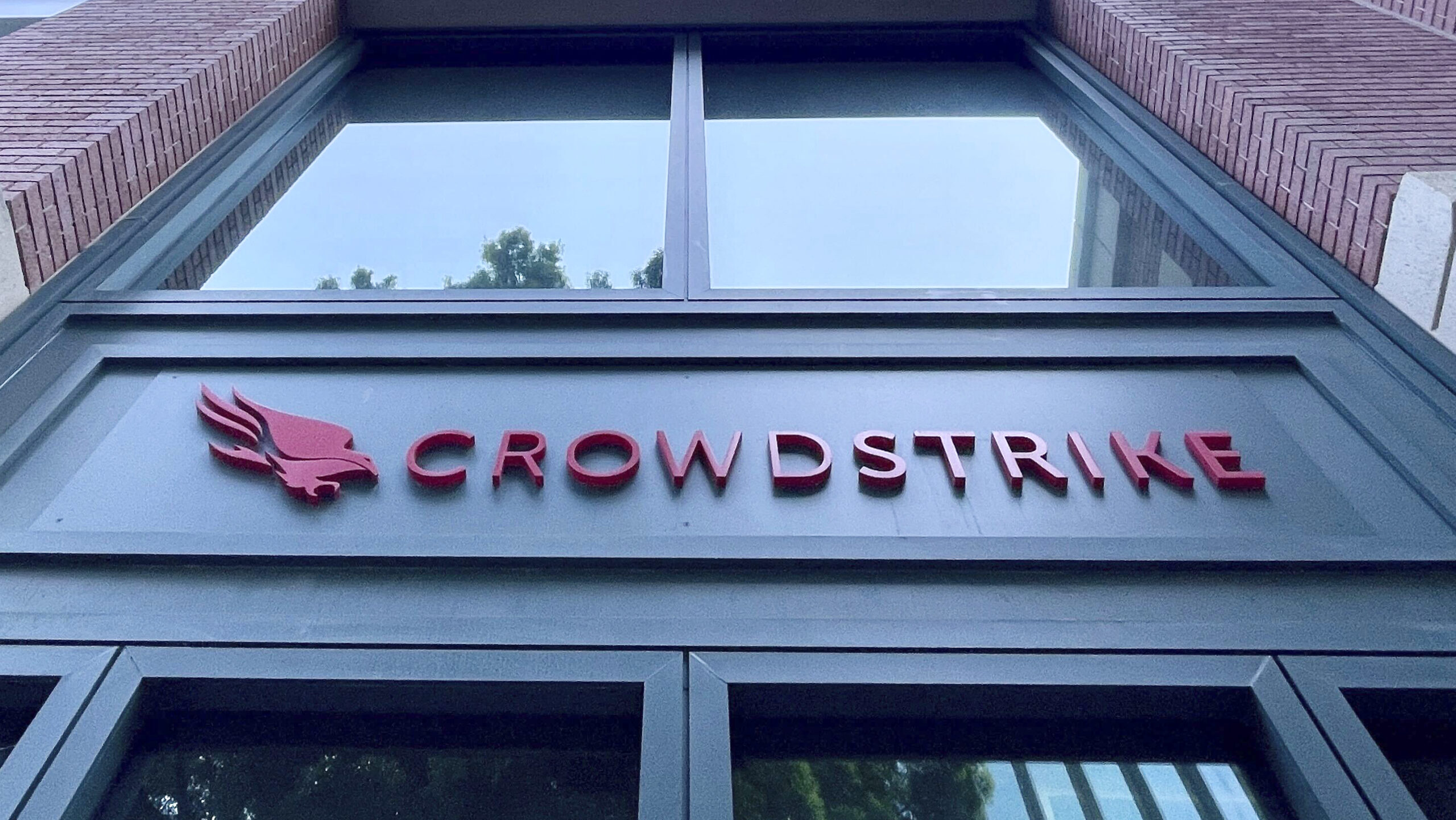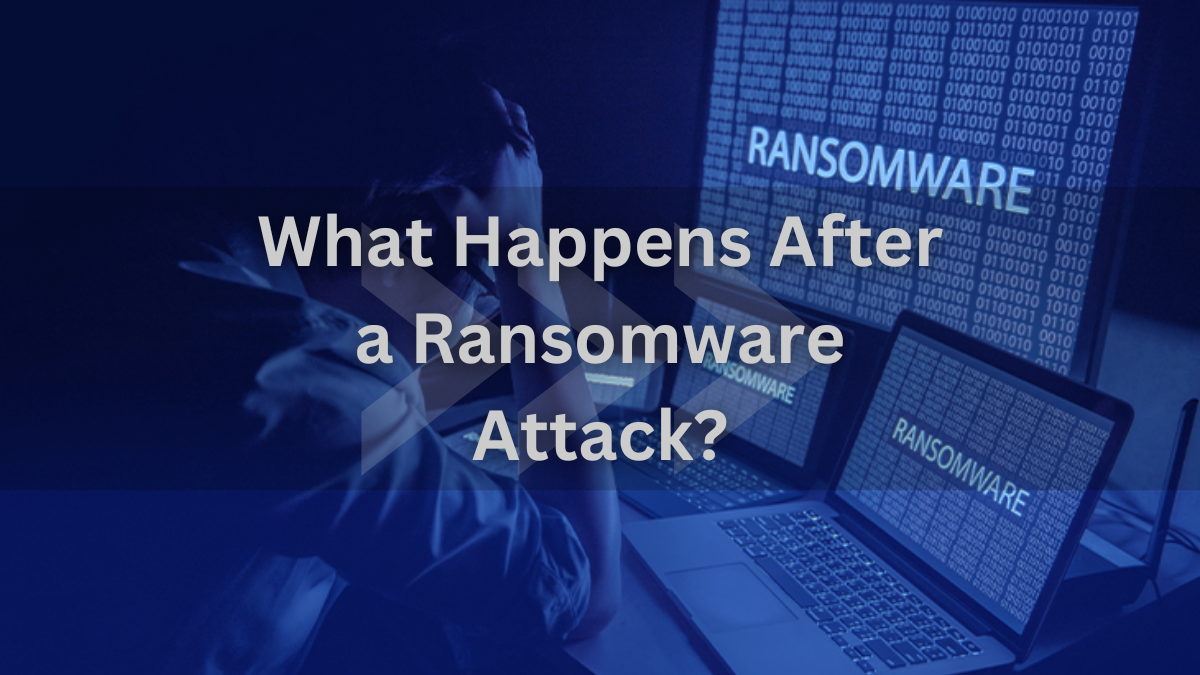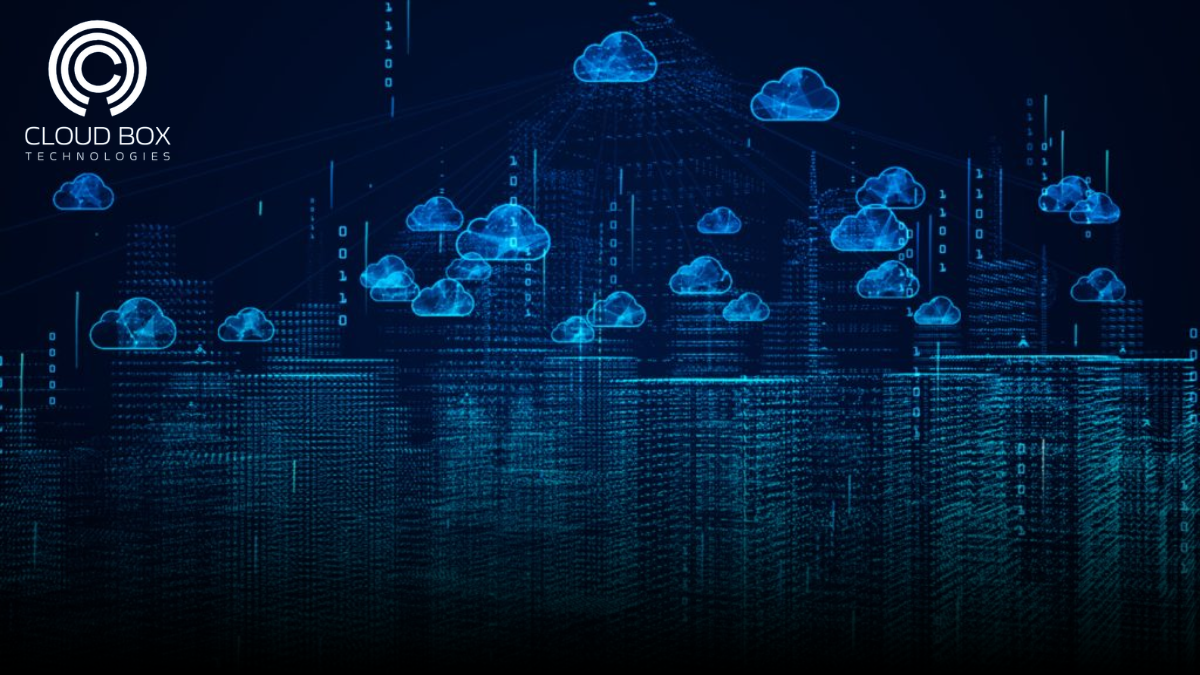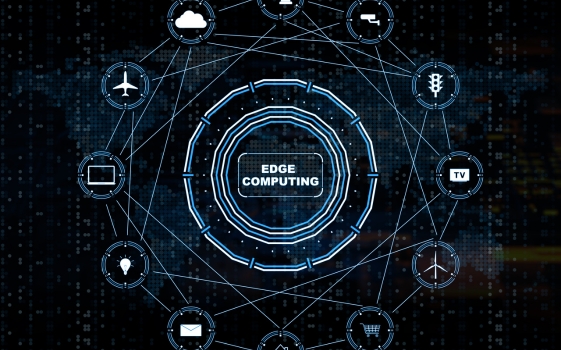1. ISO/IEC 27001
ISO/IEC 27001 is the international standard that specifies the requirements for an information security management system (ISMS). An ISMS is a framework of policies and processes that helps organizations to keep their confidential information secure. ISO/IEC 27001 was first published in 2013, and it is based on the previous standard, ISO/IEC 17799. The standard is designed to be adaptable to any organization, regardless of size or sector. It can be used by businesses of all types, including manufacturers, retailers, banks, and government agencies. To be certified to ISO/IEC 27001, organizations must undergo an audit by an accredited certification body. Once certified, they are required to maintain their compliance with the standard through regular audits. By implementing ISO/IEC 27001, organizations can benefit from improved security and decreased risk of data breaches. In addition, the certification can help to demonstrate compliance with laws and regulations, as well as provide a competitive advantage.
The benefits of ISO/IEC 27001 certification include improved information security, greater customer confidence, reduced risk of data breaches, and greater efficiency. The standard provides a framework for businesses to follow when implementing and maintaining their information security management system (ISMS). The 2013 revision updated the standard to reflect the latest changes in technology and data security. ISO/IEC 27001 certification can help businesses to improve their information security and protect their data from breaches. It can also give customers confidence in the business, as well as reduce the risk of data breaches, and make the business more efficient.
Organizations that implement ISO/IEC 27001 can benefit from improved security posture, reduced risk of data breaches, and increased customer confidence. The standard provides a framework for managing information security and can be applied to any type of organization, regardless of size or industry. Implementing ISO/IEC 27001 can help organizations to protect their data and systems from unauthorized access, use, or disclosure. The standard can also help organizations to meet their compliance obligations. By implementing the controls and procedures detailed in ISO/IEC 27001, organizations can benefit from an enhanced security posture and a reduced risk of data breaches.
2. NIST Cybersecurity Framework (NIST CSF)
The National Institute of Standards and Technology Cybersecurity Framework (NIST CSF) is a set of voluntary guidelines that provides a high-level taxonomy of cybersecurity outcomes and a methodology to assess and manage those outcomes. It is intended to help private sector organizations that provide critical infrastructure with guidance on how to protect it, along with relevant protections for privacy and civil liberties. The NIST CSF has many benefits, including the fact that it is technology agnostic, which means it can be implemented regardless of an organization’s technological choices; it is also scalable, so it can be tailored to meet the specific needs of any organization; and, perhaps most importantly, it provides a common language for discussing cybersecurity, which can help to facilitate communication and collaboration between different organizations. Ultimately, the NIST CSF can help to improve the cybersecurity posture of any organization that chooses to implement it. In addition, the NIST CSF can help organizations meet their regulatory obligations and demonstrate their commitment to cybersecurity.
The framework was created in response to the growing threat of cyberattacks and provides a comprehensive approach to cybersecurity. It includes three main components: identity, protect, and detect. The first step, identity, helps businesses to identify their assets and vulnerabilities. The second step, protect, helps businesses to implement security controls to protect their assets. Finally, the third step, detection, helps businesses to detect and respond to cyber incidents. By following the NIST Cybersecurity Framework, businesses can improve their cybersecurity posture and better defend themselves against attacks.
3. PCI DSS
The Payment Card Industry Data Security Standard (PCI DSS) is an information security standard for organizations that handle branded credit cards from major card schemes. The PCI Standard is mandated by the card brands but administered by the Payment Card Industry Security Standards Council. The standard was created to increase controls around cardholder data to reduce credit card fraud.
The PCI Standard is mandated by the card brands but administered by the Payment Card Industry Security Standards Council. The standard was created to increase controls around cardholder data. Implementing the PCI DSS can be a benefit to organizations by decreasing the chance of a data breach, and thus reducing the amount of damages that could be associated with such an incident. In addition, being PCI DSS compliant may also help to improve an organization’s reputation. Organizations that handle credit cards are expected to comply with the PCI DSS, and those that do not may face penalties from the card brands. Thus, taking steps to become compliant can help to protect an organization’s bottom line.
PCI DSS compliance is beneficial because it helps to ensure that sensitive data is well-protected and can help businesses avoid costly fines and penalties. In addition, PCI DSS compliance can help to build customer trust and confidence in a business, leading to increased sales and repeat business. For these reasons, businesses that handle credit cards should make sure that they are in compliance with the PCI DSS.
4. COBIT
COBIT was developed in the mid-1990s by ISACA, an independent organization of IT governance professionals. ISACA offers the well-known Certified Information Systems Auditor and Certified Information Security Manager certifications.
COBIT originally focused on reducing IT risks. COBIT 5, released in 2012, included new technology and business trends to help organizations balance IT and business goals. The current version is COBIT 2019. It’s the most used framework to achieve Sarbanes-Oxley compliance. Numerous publications and professional certifications address COBIT requirements.
The COBIT framework provides a common language for organizations to discuss and measure the benefit of IT investments. It also provides a comprehensive approach to address control objectives, supporting processes, and practices. In short, COBIT is a tool that can be used by organizations to improve their governance of IT. As such, it is considered an essential part of any effective IT governance program.
It is designed to help organizations manage their IT resources in a way that aligns with their business objectives. One of the benefits of using COBIT is that it can help organizations to ensure compliance with regulations such as Sarbanes-Oxley and HIPAA. In addition, COBIT can help organizations to improve their overall performance by providing a clear and concise set of guidelines for managing IT resources.
The framework is also constantly updated to keep up with the latest best practices. In addition, the benefit of being an ISACA member is that you have access to a wealth of resources, including templates, white papers, and tools. You also benefit from discounts on conferences and training courses. As a result, the benefit of the COBIT framework can be very valuable for both individuals and organizations.
5. CIS 18
The Center for Internet Security (CIS) Critical Security Controls, Version 8 — formerly the SANS Top 20 — lists technical security and operational controls that can be applied to any environment. It does not address risk analysis or risk management like NIST CSF; rather, it is solely focused on reducing risk and increasing resilience for technical infrastructures.
The Center for Internet Security (CIS) Critical Security Controls are a set of best practices for cybersecurity. Version 8 was released in January 2020 and includes updates for handling cloud computing and IoT devices. The controls are designed to help organizations protect their data and systems from cyber-attacks.
There are 18 total CIS controls, divided into three categories: basic, foundational, and organizational. The basic controls are the most essential and should be implemented first. The foundational controls build on the basic controls and should be implemented next. The organizational controls are the most comprehensive and should be implemented as resources allow.
The CIS controls can benefit any organization, but they are particularly well-suited for small businesses that may not have the same resources as larger organizations. Implementing CIS controls can help small businesses protect their data and systems from cyber-attacks.
CIS Controls link with existing risk management frameworks to help remediate identified risks. They’re useful resources for IT departments lacking technical information security experience.
The controls are designed to be implemented in a phased approach, with each successive phase providing additional protection. The benefits of implementing the CIS Critical Security Controls include improved security posture, reduced risk of data breaches, and compliance with regulatory requirements. In addition, the controls can help organizations quickly identify and respond to security incidents. As a result, the CIS Critical Security Controls are an essential part of any security program.
6. HITRUST Common Security Framework
The HITRUST Common Security Framework includes risk analysis and risk management frameworks, along with operational requirements. The framework has 14 different control categories and can be applied to almost any organization, including healthcare.
HITRUST is a massive undertaking for any organization due to the heavy weight given to documentation and processes. As a result, many organizations end up scoping smaller areas of focus for HITRUST. The costs of obtaining and maintaining HITRUST certification adds to the level of effort required to adopt this framework. The certification is audited by a third party, which adds a level of validity.
The HITRUST Common Security Framework (CSF) is a widely-adopted security framework that provides organizations with a comprehensive approach to managing risk. The CSF includes both a risk analysis and risk management framework, as well as operational requirements. This makes it an ideal tool for organizations of all sizes who are looking to improve their security posture. One of the benefits of the CSF is that it helps organizations to holistically manage risk. By identifying and assessing risks across all departments and functions, the CSF provides a comprehensive view of an organization’s risks. This helps organizations to develop more effective and efficient risk management strategies. Additionally, the CSF’s operational requirements provide guidance on how to implement security controls and procedures. This helps organizations to ensure that their security controls are effective and meet industry best practices. Overall, the HITRUST CSF is a valuable tool for any organization looking to improve its security posture.
The CSF also includes operational requirements designed to help organizations reduce their cybersecurity risks. HITRUST’s CSF has been recognized by the US Department of Homeland Security as a benefit to the country’s cybersecurity posture. The CSF is also being used by healthcare organizations around the world to improve their cybersecurity programs. Implementing the CSF can help organizations in any industry reduce their cybersecurity risks and improve their overall security posture.
In addition, the CSF can help organizations effectively manage cybersecurity risks on an ongoing basis. As the world becomes increasingly reliant on technology, the need for robust cybersecurity solutions will only continue to grow. The HITRUST CSF is a proven and effective way to address these challenges.
7. OWASP Top 10
OWASP is a non-profit organization that regularly publishes the Top 10 security issues of the web application, mobile, web services, etc. Most security auditing organizations follow these Top 10 security issues to categorize security vulnerabilities.
Every few years, OWASP releases an updated list of the Top 10 security risks, which helps security auditing organizations to categorize and prioritize security vulnerabilities. The benefit of using OWASP’s Top 10 list is that it provides a common language for discussing and ranking security risks. In addition, it helps to raise awareness of these risks among developers and application owners. As a result, the Top 10 list is an important tool for any organization that wants to improve the security of its web applications.
The OWASP Top 10 is a benefit to society because it helps organizations to keep up with the latest security risks and vulnerabilities. In addition, OWASP also provides guidance on how to remediate these vulnerabilities. As a result, organizations are able to benefit from OWASP’s work in terms of both understanding the risks and taking steps to mitigate them.
8. SOC 2
The American Institute of Certified Public Accountants (AICPA) developed the SOC 2 framework. The framework’s purpose to enable organizations that collect and store personal customer information in cloud services to maintain proper security.
The framework also provides SaaS companies with guidelines and requirements for mitigating data breach risks and strengthening their cybersecurity postures. Also, the SOC 2 framework details the security requirements to which vendors and third parties must conform. The requirements guide them in conducting both external and internal threat analyses to identify potential cybersecurity threats.
SOC 2 contains 61 compliance requirements, which makes it among the most challenging frameworks to implement. The requirements include guidelines for destroying confidential information, monitoring systems for security anomalies, procedures for responding to security events, internal communication guidelines, among others.
The benefit of the SOC 2 framework is that it enables organizations to maintain proper security of personal customer information in cloud services. The framework provides SaaS companies with guidelines and requirements for mitigating data breach risks and strengthening their cybersecurity postures. As a result, organizations that adopt the SOC 2 framework can benefit from increased security of their customer data.
The framework helps to ensure that companies that use cloud services have proper security measures in place to prevent data breaches. In addition, the AICPA SOC 2 framework can help SaaS companies strengthen their cybersecurity postures. By following the guidelines and requirements set forth in the framework, SaaS companies can help to mitigate the risks of data breaches and protect their customers’ information.
9. FedRAMP
FedRAMP (Federal Risk and Authorization Management Program) is a framework designed for government agencies. The framework provides standardized guidelines that can enable federal agencies to evaluate cyber threats and risks to the different infrastructure platforms and cloud-based services and software solutions.
Furthermore, the framework permits the reuse of existing security packages and assessments across various governmental agencies.
The framework is also based on the continuous monitoring of IT infrastructure and cloud products to facilitate a real-time cybersecurity program. More importantly, FedRAMP focuses on shifting from tedious, tethered, and insecure IT to more secure mobile and quick IT. The aim is to ensure federal agencies have access to modern and reliable technologies without compromising their security.
To achieve the desired security levels, FedRAMP collaborates with cloud and cybersecurity experts to maintain other security frameworks. These include NSA, DoD, NIST, GSA, OMB, and other private sector groups.
The main goals of FedRAMP are to accelerate cloud migrations by reusing authorizations and assessments, enhance confidence in cloud security, ensure that federal agencies consistently apply recommended security practices, and increase automation for continuous monitoring.
The benefit of the Federal Risk and Authorization Management Program (FedRAMP) is that it provides a standardized approach to security assessment and authorization for cloud products and services. This program streamlines the process for agencies seeking to use cloud services by providing a single set of security requirements that are valid across all federal agencies. In addition, the program requires continuous monitoring of cloud service providers, which helps to ensure that security risks are identified and addressed in a timely manner. As a result, FedRAMP provides a more efficient and effective way for agencies to use cloud services while still maintaining strong security standards.
By doing so, it allows government agencies to more easily and accurately compare the security of different cloud service providers. In addition, FedRAMP also provides a forum for industry and government to share best practices for cloud security. As a result, the program can help to ensure that cloud services are used in a secure and efficient manner. This benefit allows for agencies to have more confidence in the security of their cloud products and services, knowing that they have been assessed against a common baseline. In addition, the benefit also allows for greater collaboration between agencies when it comes to sharing security best practices and developing new standards. Ultimately, the benefit of FedRAMP is that it helps to improve the overall security posture of the federal government.
10. Defense Federal Acquisition Regulation Supplement (DFARS)
The Defense Federal Acquisition Regulation Supplement (DFARS) is a set of regulations that govern the acquisition of goods and services by the United States Department of Defense (DOD). The regulations are promulgated by the DOD and are codified in the Code of Federal Regulations at Title 48, Chapter 1. They implement the provisions of the Federal Acquisition Regulation (FAR), which is the primary regulation governing the acquisition of goods and services by all executive branch agencies. The DFARS provides specific requirements for the acquisition of goods and services by the DOD, including requirements for contracting with small businesses and for the use of commercial items. The DFARS also prescribes methods for acquiring supplies and services that support the national defense.
The DFARS also establishes minimum standards for security, health, and safety. In addition, the DFARS requires contractors to comply with federal law and regulations, including those pertaining to labor and employment law. The DFARS is enforced by the DOD Acquisition Regulations System (DARS). Contractors who fail to comply with the DFARS may be subjected to civil or criminal penalties.
The benefits of DFARS include the fact that it helps improve the security of defense information and systems. It does this by establishing standards for contractors and other entities who access or handle defense information. The DFARS also requires contractors to report any cyber incidents, so that the government can properly investigate and address them. In addition, the DFARS prohibits the use of certain types of software on defense systems, which can help to prevent malware infections. Overall, the DFARS cyber benefits help to improve the security of defense information and systems.











